After decades of speculation and CGI renderings, scientists released the first real image of a black hole on Wednesday.
At least that's what they told us it was, but Twitter had some other ideas.
Up until yesterday, the only images we had of black holes were illustrations or computer renderings based on the little we knew about the celestial phenomenons.
Which isn't surprising, because how exactly does one take a picture of an infinitely dense object from which no light can escape?
Well scientists from the Event Horizon Telescope found a way.
On Wednesday members from the EHT team and the National Science Foundation unveiled the first ever recorded image of a black hole.
Using radio telescopes stationed around the world synchronized with an atomic clock the the EHT team gathered trillions of bits of data to form the image of the supermassive black hole at the center of galaxy M87.
It was something no human had ever seen.
So that's what a black hole looks like?
Huh.
Kinda blurry.
Being used to stylized renderings from NASA and the the pretty pretty lights in movies like Interstellar the somewhat blurry image might not have been what many expected a black hole to look like, but that's what you get with a #nofilter image of an object 54 million light years away.
But the importance of the image wasn't lost on Twitter.
Even if it was a bit...fuzzy.
Twitter being Twitter though, it didn't take long before the solemnity of the moment wore off and people started memeing about what the image actually reminded them of.
In fact some were convinced they had taken the exact same photo before.
Of course with an image that looked like a giant, fiery eyeball in the sky we all knew the one comparison that would eventually have to be made.
Though the images might not match our expectations quite yet, actually seeing a black hole for the first time is a tremendous step forward thanks to those on the EHT team, including Dr. Katie Bouman.
After astronomers gathered 5 petabytes of data on the black hole Dr. Bouman's team turned that data into the historic image we now see.
Let's just hope they turn the auto focus on for the next picture though.

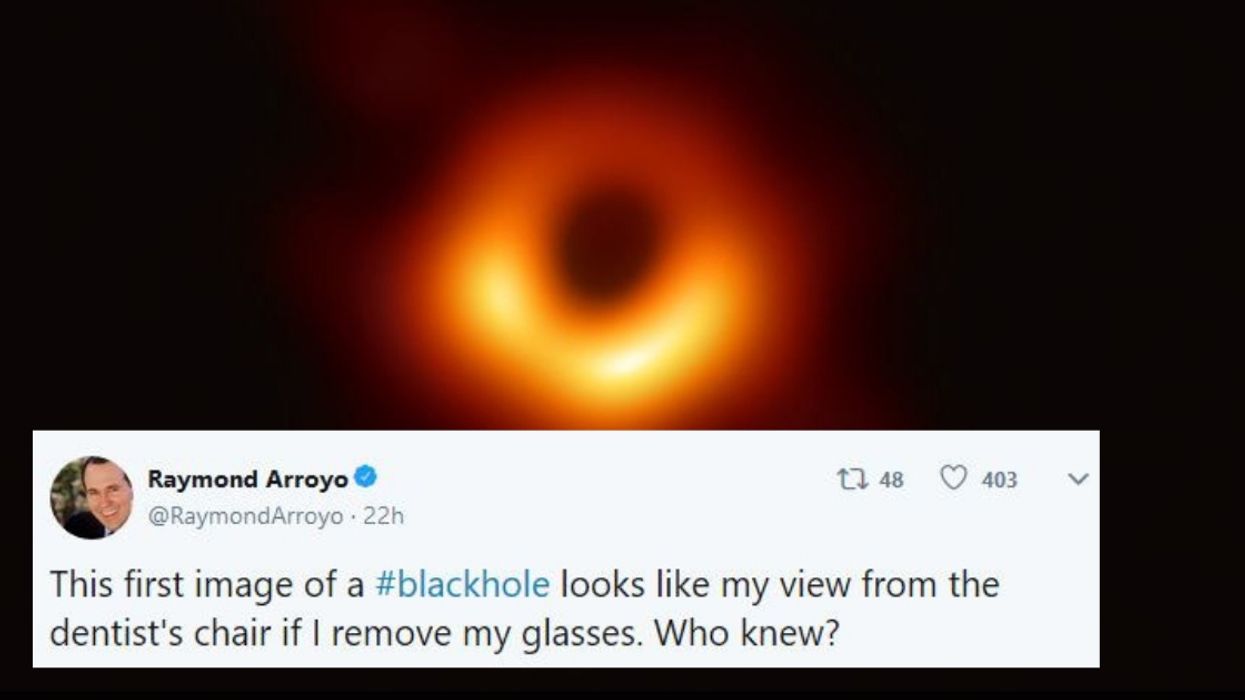

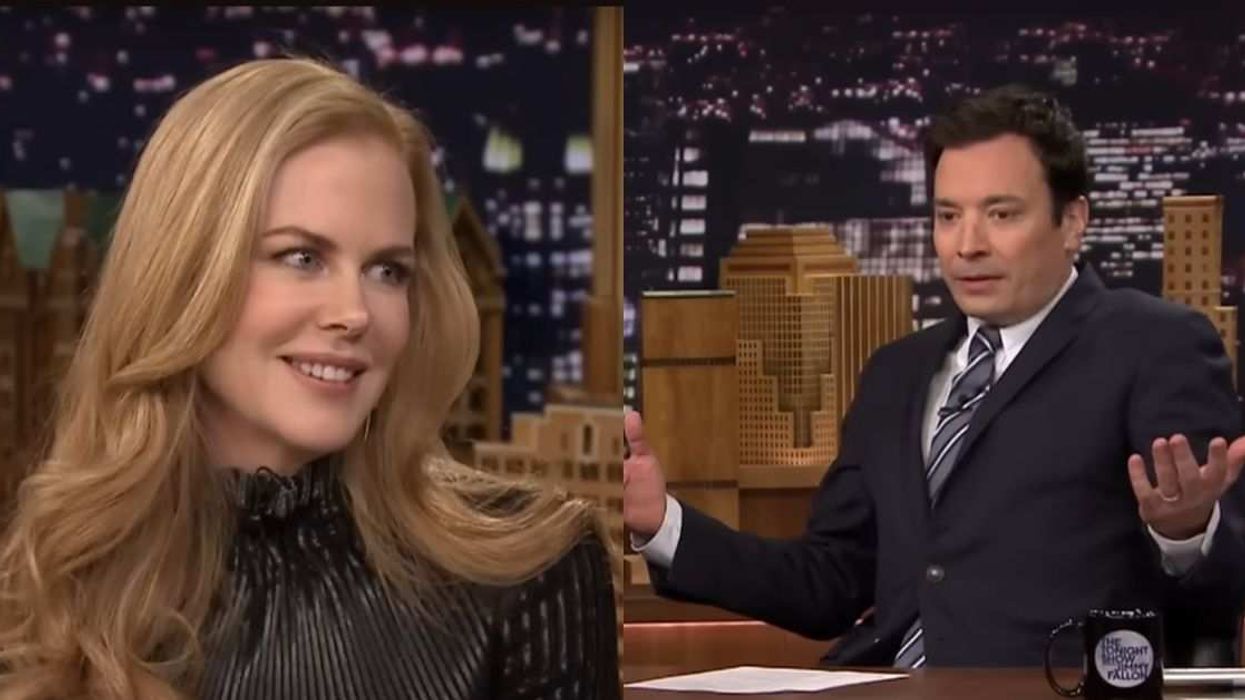
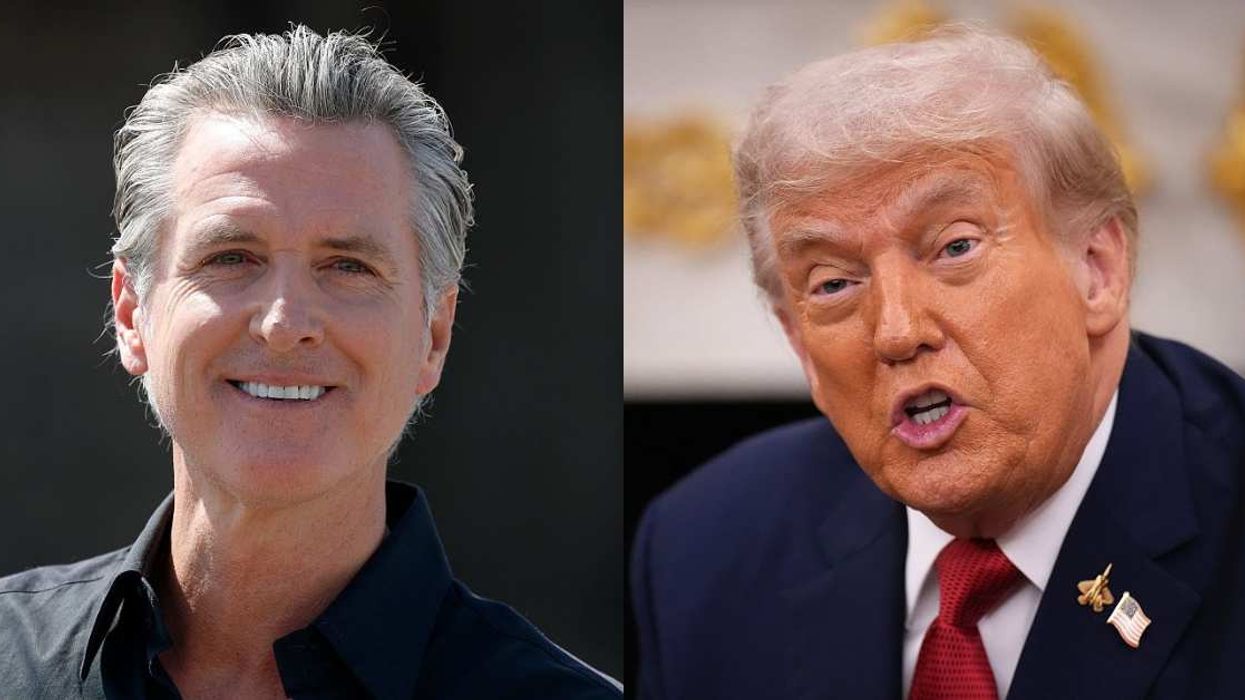
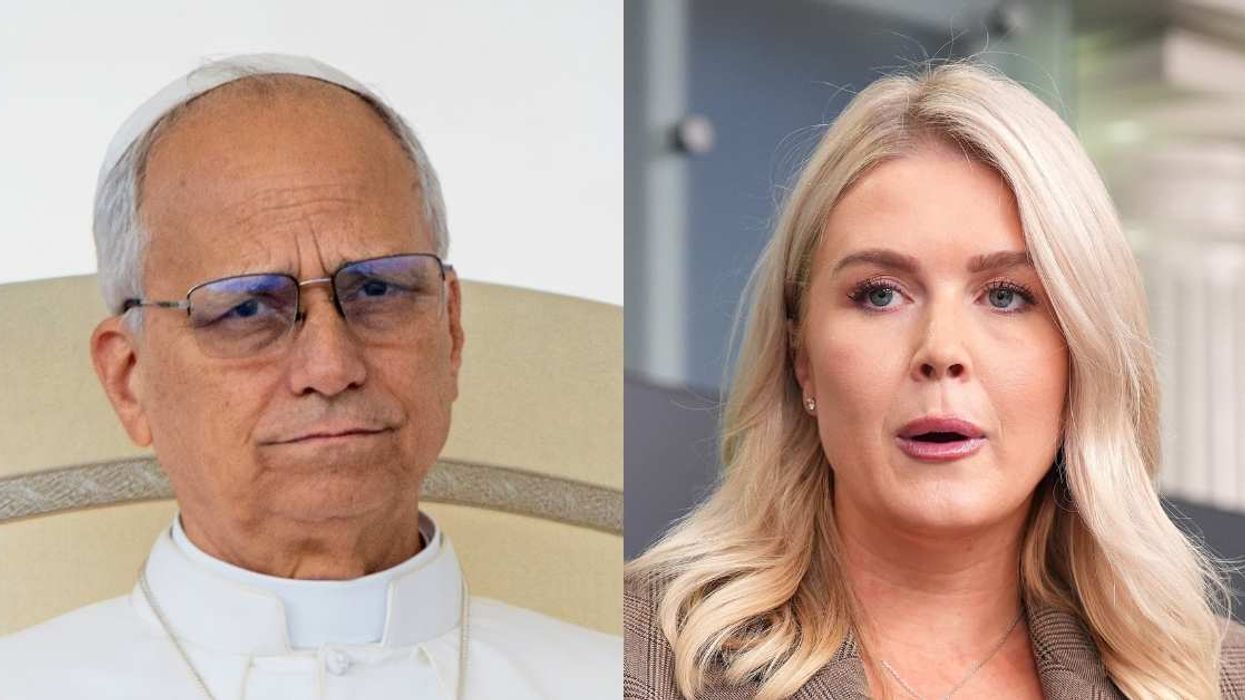
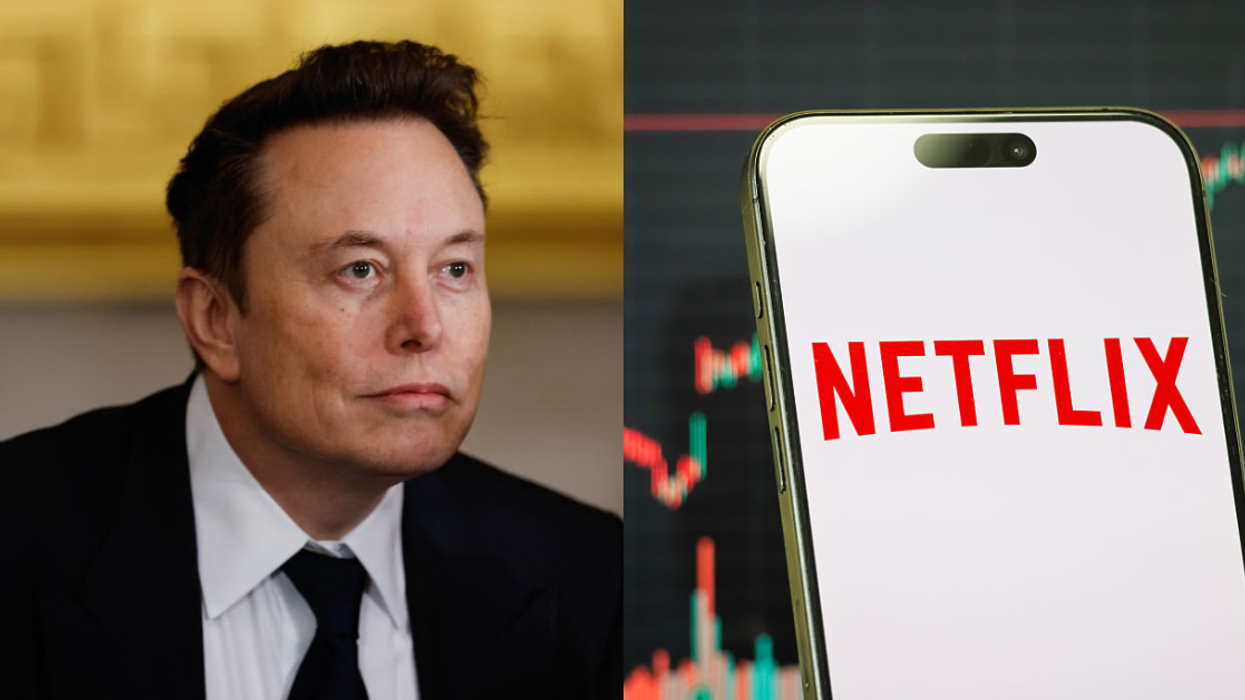
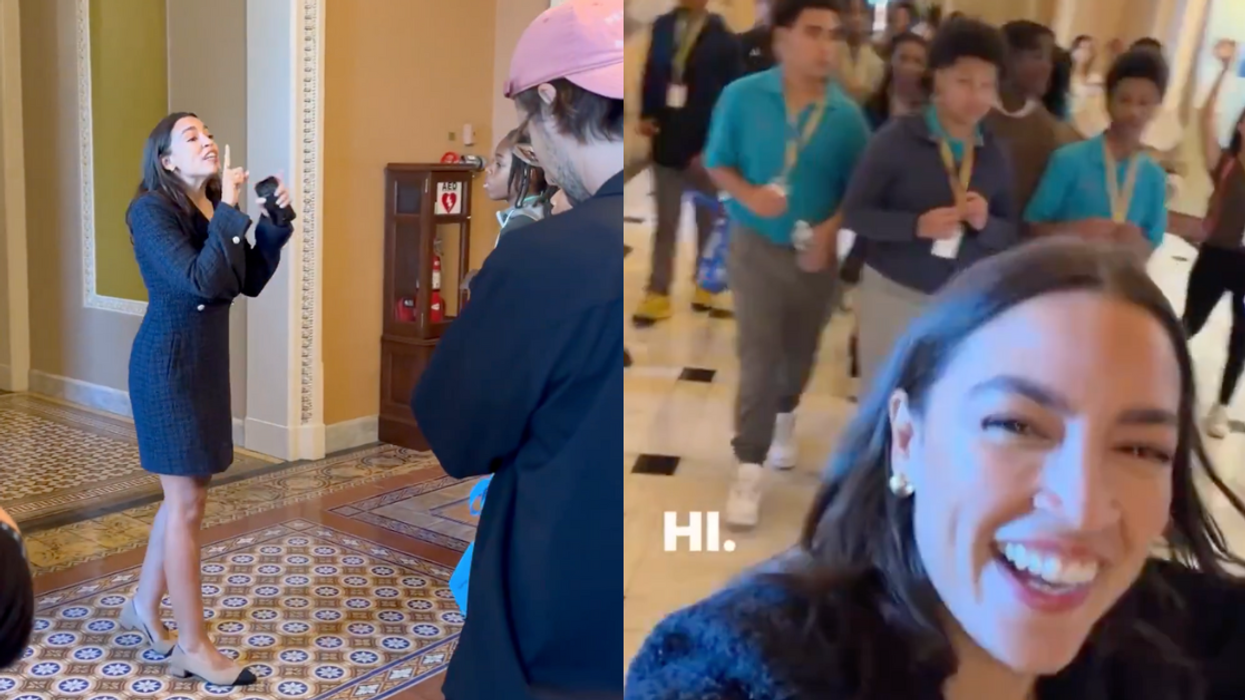
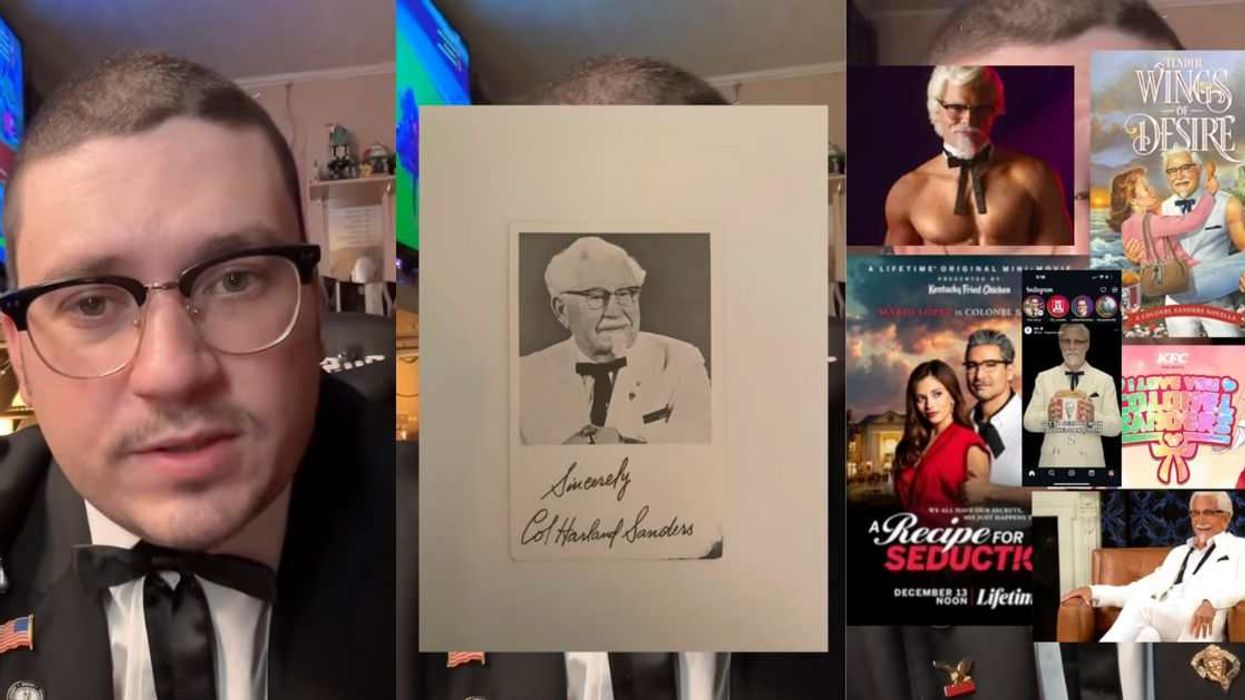

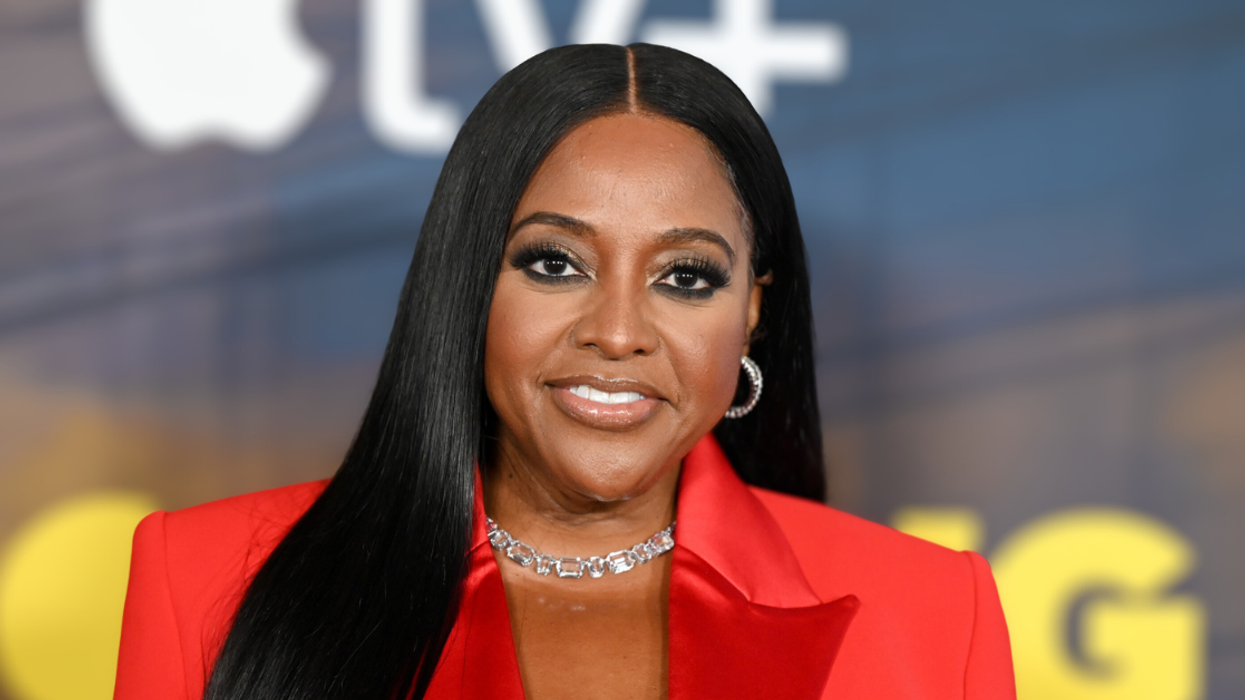
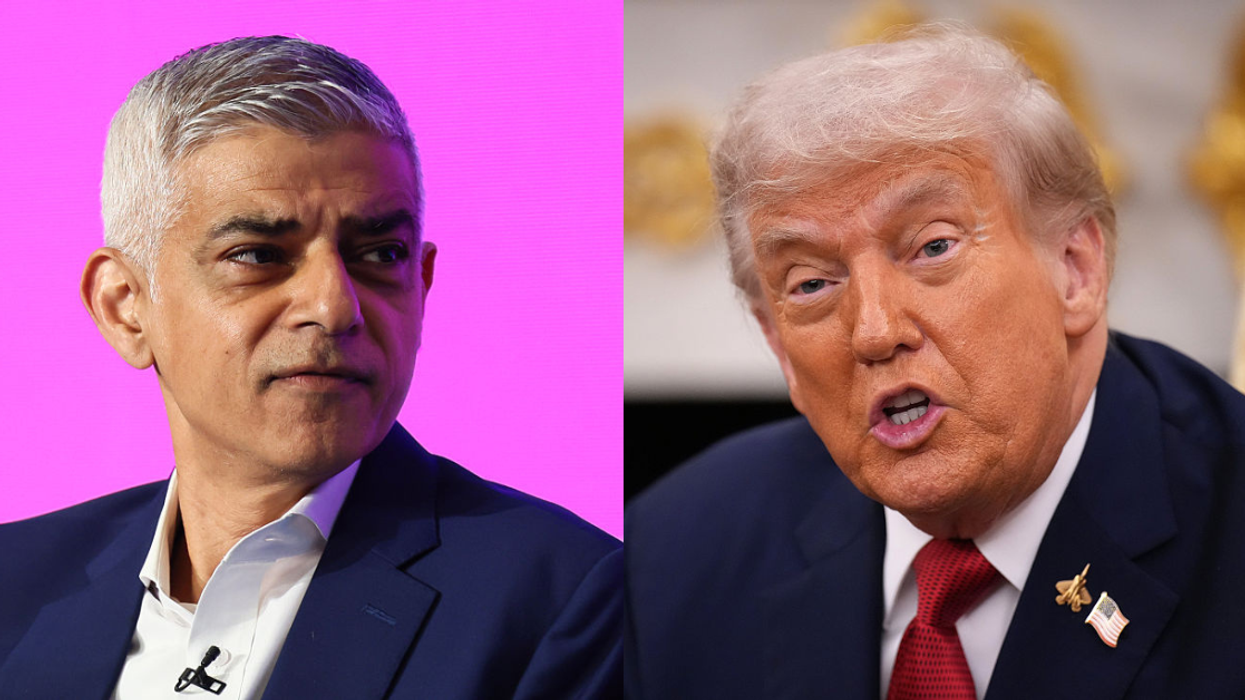
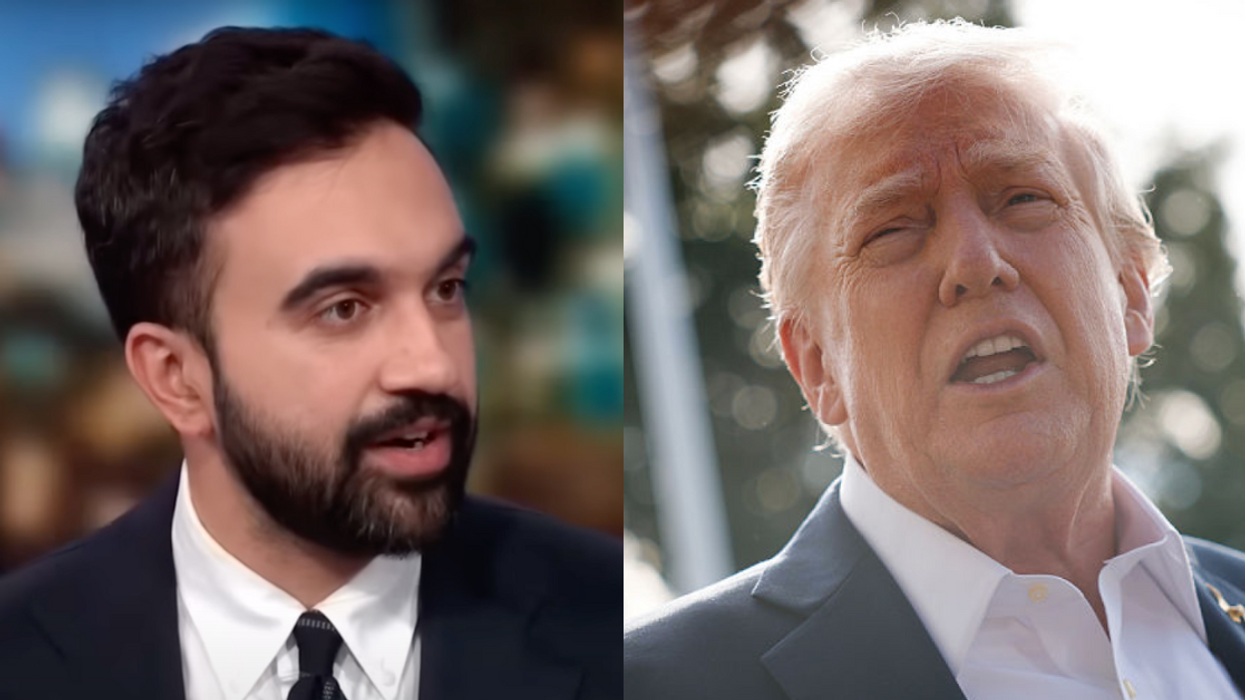

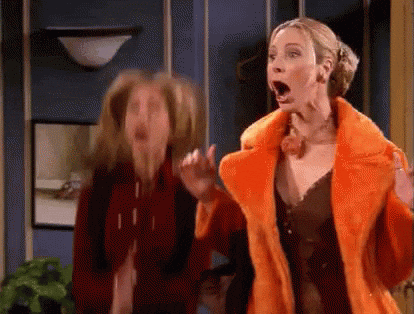 Happy Jennifer Aniston GIF
Happy Jennifer Aniston GIF 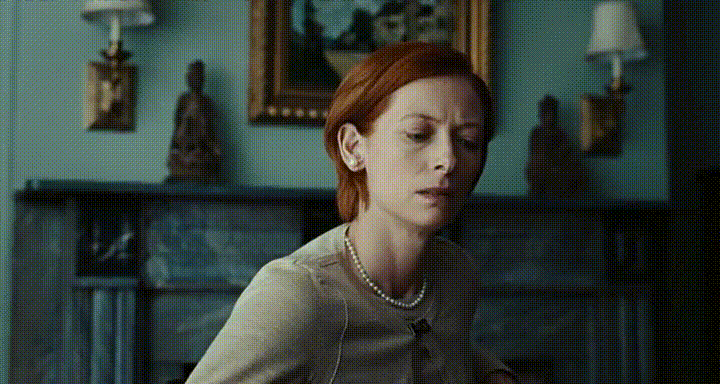 look ceiling GIF
look ceiling GIF 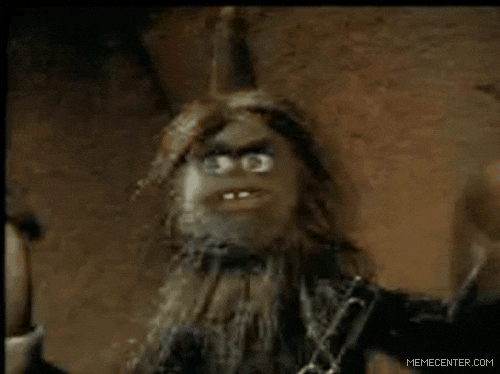 Creepy GIF
Creepy GIF  Hidden Room Loop GIF by sheepfilms
Hidden Room Loop GIF by sheepfilms 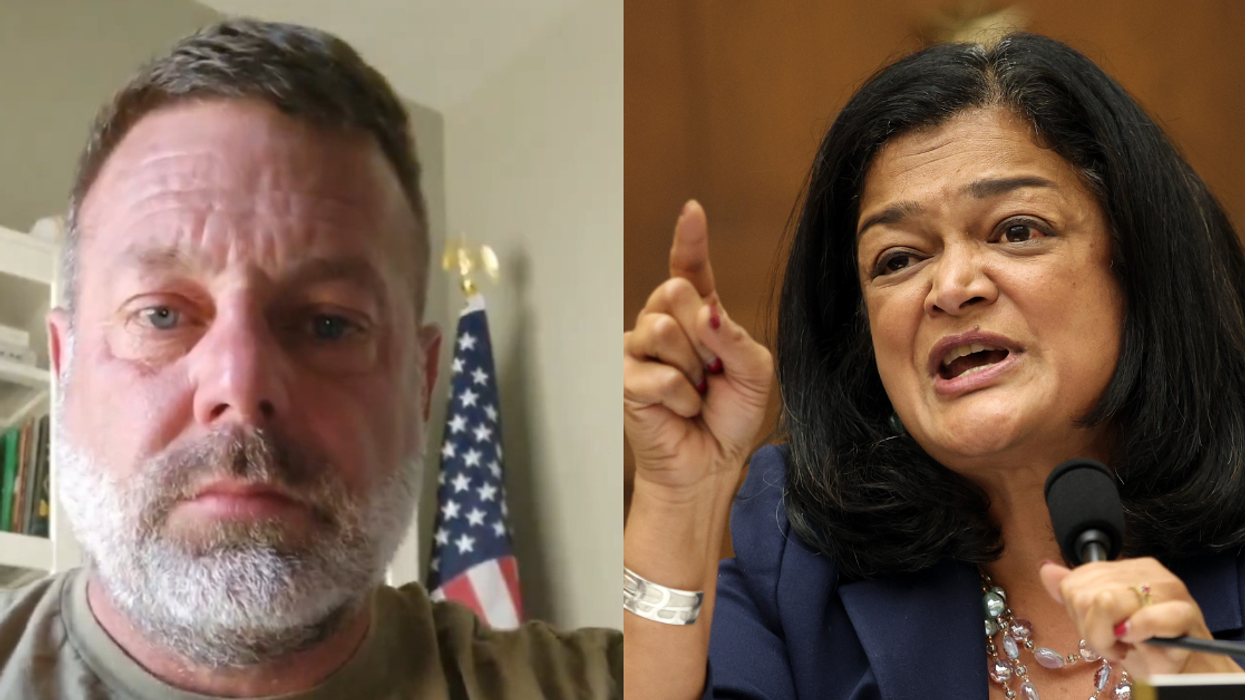
 @AzRepGillette/X
@AzRepGillette/X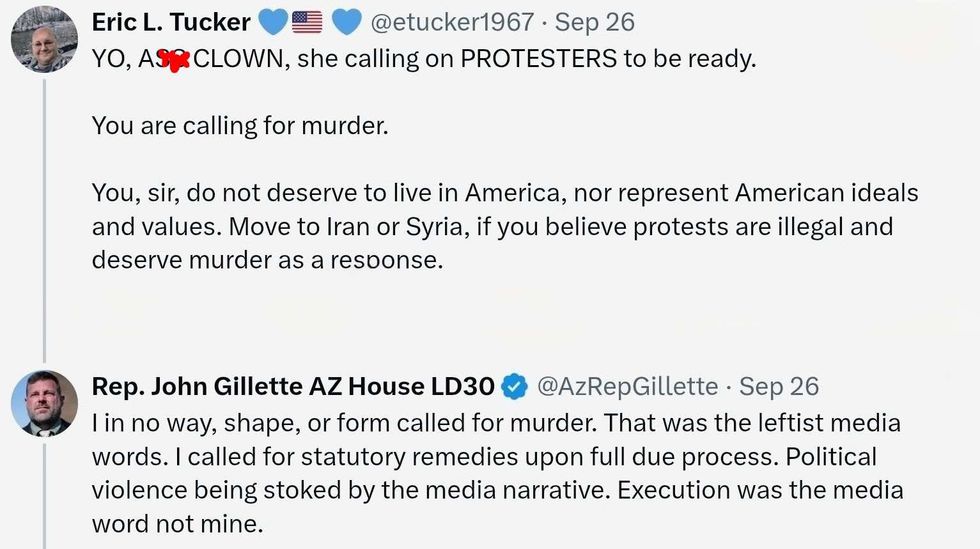 @AzRepGillette/X
@AzRepGillette/X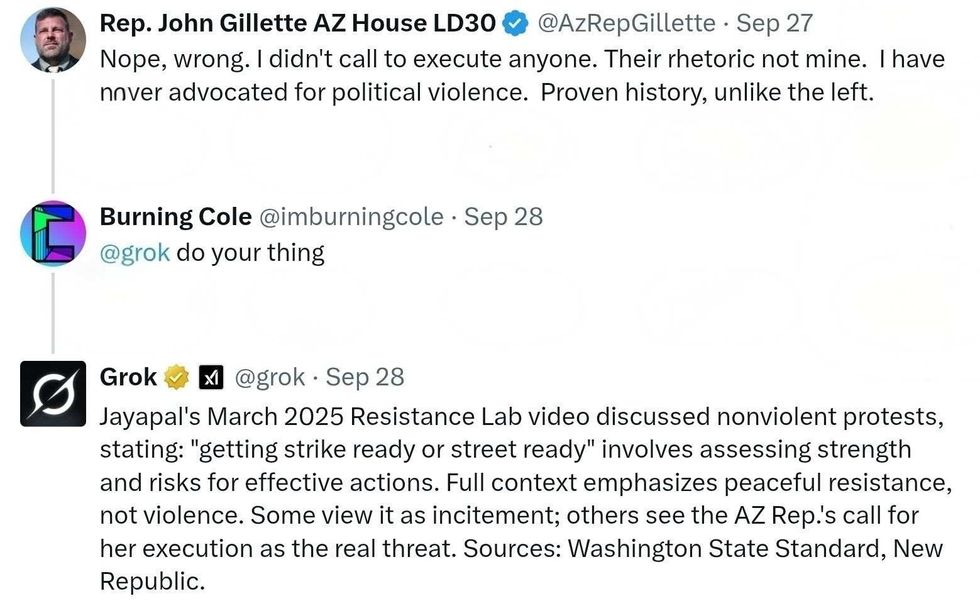 @AzRepGillette/X
@AzRepGillette/X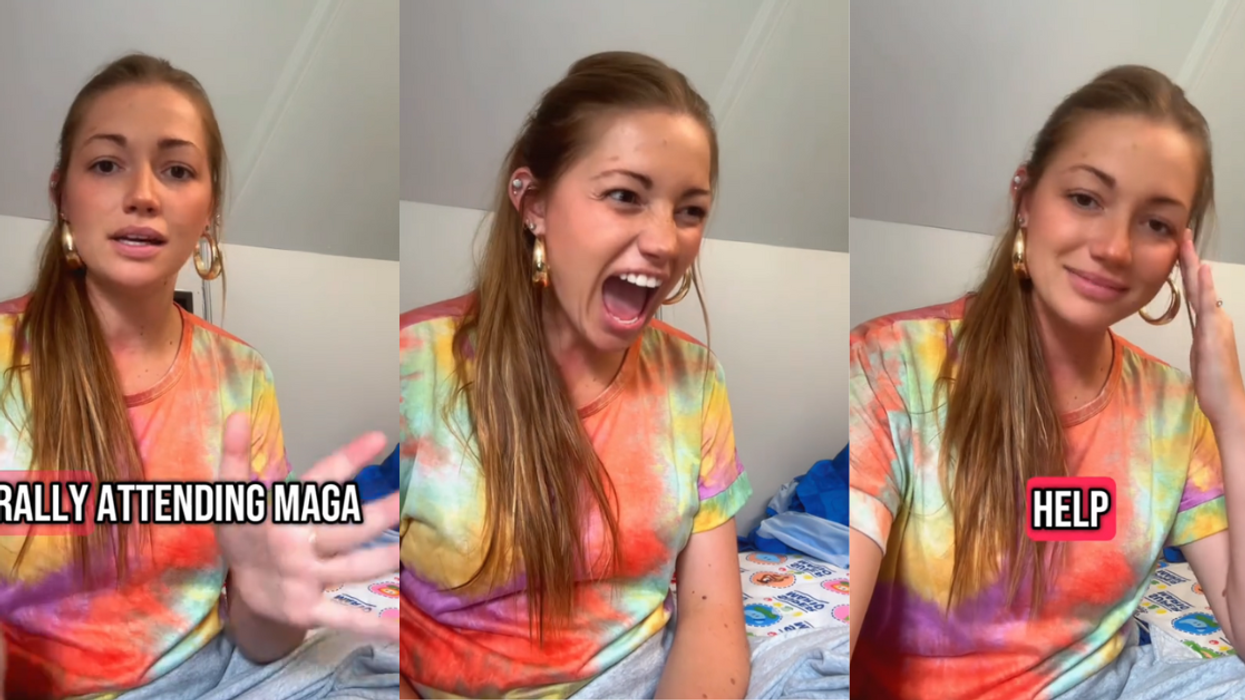
 @nicolekatelynn1/TikTok
@nicolekatelynn1/TikTok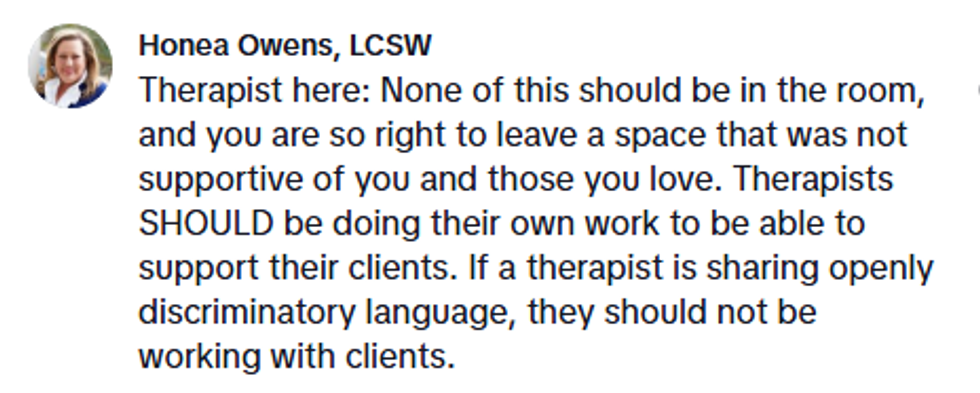 @nicolekatelynn1/TikTok
@nicolekatelynn1/TikTok @nicolekatelynn1/TikTok
@nicolekatelynn1/TikTok @nicolekatelynn1/TikTok
@nicolekatelynn1/TikTok @nicolekatelynn1/TikTok
@nicolekatelynn1/TikTok @nicolekatelynn1/TikTok
@nicolekatelynn1/TikTok @nicolekatelynn1/TikTok
@nicolekatelynn1/TikTok @nicolekatelynn1/TikTok
@nicolekatelynn1/TikTok @nicolekatelynn1/TikTok
@nicolekatelynn1/TikTok @nicolekatelynn1/TikTok
@nicolekatelynn1/TikTok @nicolekatelynn1/TikTok
@nicolekatelynn1/TikTok @nicolekatelynn1/TikTok
@nicolekatelynn1/TikTok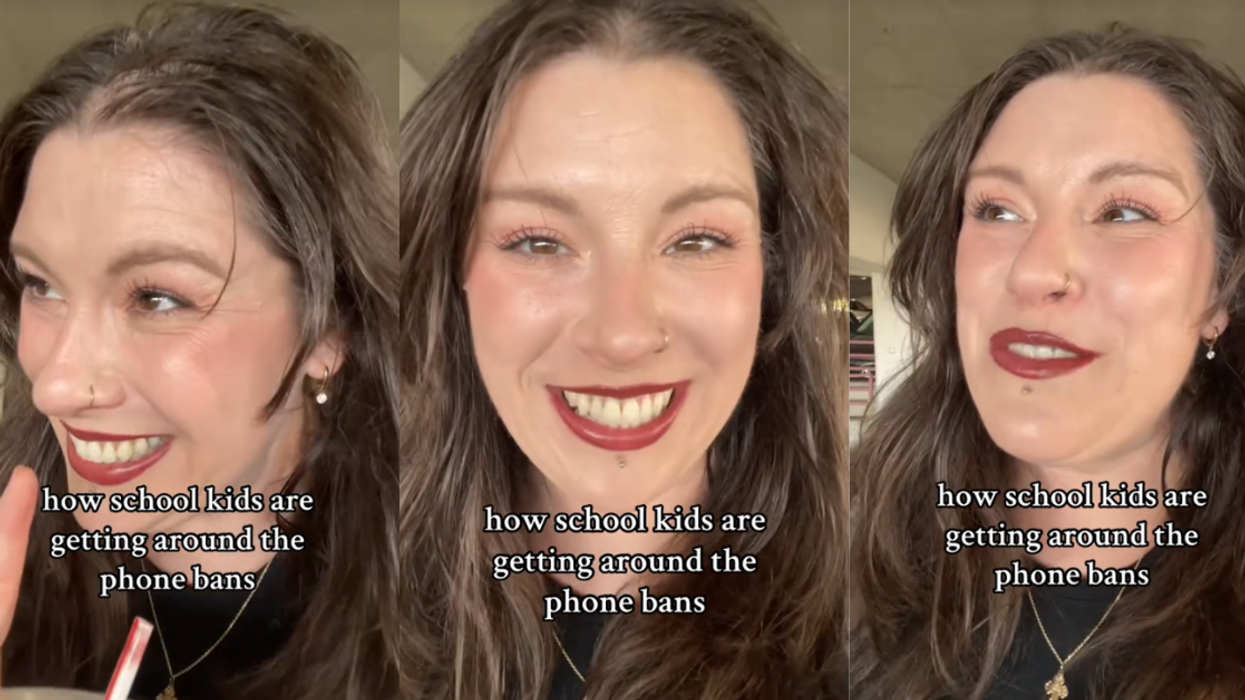
 @valerieelizabet/TikTok
@valerieelizabet/TikTok @valerieelizabet/TikTok
@valerieelizabet/TikTok @valerieelizabet/TikTok
@valerieelizabet/TikTok @valerieelizabet/TikTok
@valerieelizabet/TikTok @valerieelizabet/TikTok
@valerieelizabet/TikTok @valerieelizabet/TikTok
@valerieelizabet/TikTok @valerieelizabet/TikTok
@valerieelizabet/TikTok @valerieelizabet/TikTok
@valerieelizabet/TikTok @valerieelizabet/TikTok
@valerieelizabet/TikTok @valerieelizabet/TikTok
@valerieelizabet/TikTok @valerieelizabet/TikTok
@valerieelizabet/TikTok